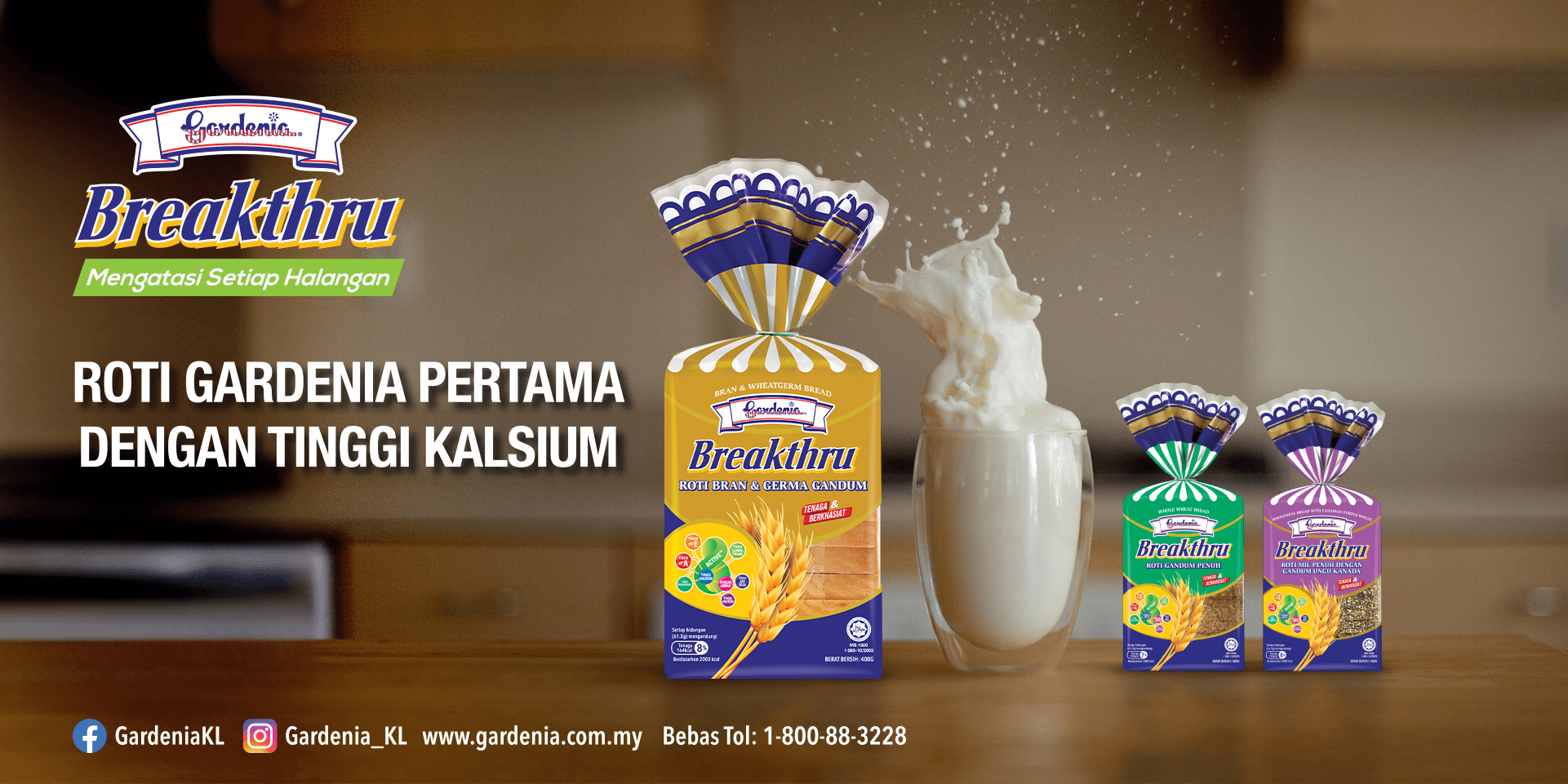HealthDay Reporter Sun Apr 6, 7:01 PM ET
SUNDAY, April 6 (HealthDay News) -- It looks like dirt might one day be better than soap at keeping harmful bacteria at bay.
Arizona scientists report they have found a host of anti-microbial minerals in mud that could be the makings of a new generation of unconventional but effective creams to combat the nastiest germs. Increasingly dangerous antibiotic-resistan t "superbugs" -- such as methicillin- resistant Staphylococcus aureus (MRSA) -- are the primary targets of these new medicinal clay cocktails, the researchers said.
"For hundreds of thousands of years, clays have been used for wound-healing and even gastrointestinal problems," noted study co-author Shelley E. Haydel, an assistant professor in the School of Life Sciences at the Arizona State University Center for Infectious Diseases and Vaccinology in Tempe. "And there are a lot of people out there who already use mud therapeutically, without really knowing how it's working."
"And now we're seeing effectiveness in the lab, from a microbiological standpoint," she added. "So now, the question is: How can this translate into something practical?"
Haydel and her team were expected to present their mud therapy research April 6 at the American Chemical Society annual meeting, in New Orleans.
With funding from the National Institutes of Health, Haydel and her colleagues collected 20 different clay samples from all over the world. After categorizing each clay's composition, they then tested for antimicrobial properties against a wide range of different bacteria, including: antibiotic-resistan t strains of MRSA; the flesh-eating Mycobacterium ulcerans; and E. coli and salmonella.
In the lab, Haydel and her colleagues identified three clays that appeared to kill or substantially reduce growth among all the tested bacteria, including MRSA.
"The big deal with MRSA is that it starts out as a topical infection, but once it gets into the bloodstream, you get into a huge problem," Haydel observed. "So, while we're certainly not proposing to inject this directly into the bloodstream, we're hoping to stop that skin-to-blood transition from happening."
With the aid of electron and ion microscopes, the team is now tracking the way in which the most promising clays interact with bacterial membranes on the cellular level to pin down the source of their germ-fighting power.
Though optimistic about the long-range prospects for developing mud-based medicines --even perhaps in pill form -- the researchers stressed that good hygiene is still the best bulwark against bacteria. And they advised consumers against digging for medical gold in their own backyards.
"You can move over just 100 yards from a geological site, and the mineralogical makeup of the new site can be completely different," Haydel noted. "We see that all the time, with different batches of clay. Or we even sometimes see -- as with two clays from France that we looked at -- two clays where both are the same on the mineralogical and chemical level, but one kills bacteria, and the other doesn't. So, we have a lot to figure out."
Then there's the fact that dirt can also harbor bad bacteria and toxic minerals such as mercury and arsenic, the researchers said. So, hand washing isn't about to go out of style just yet.
Meanwhile, George A. O'Toole, an associate professor in the department of microbiology and immunology at Dartmouth Medical School in New Hampshire, described the research as "intriguing. "
"The effort to identify a new class of antibiotics is important, because most of the varieties we now use have been around for the last 40 years," he noted. "However, typically when people look for new naturally derived antibiotics, they focus on living biological material, like plants. So, this is an interesting idea, in the sense that here, they're looking instead at an inorganic source like mud."
"But I would say that, in the short term, the most likely application will most be for the topical treatment of skin infections rather than as an ingestible," he added. "Because to use it as a pill, you have to first identify the helpful compounds and then synthesize them in a way that could be useful, which is a long and involved process. Developing topical products is probably much easier."
Kalau kita ditanya kenapa Islam menyarankan agar menggunakan lumpur sebagai salah satu basuhan untuk membersihkan najis berat, maka rencana ini merupakan salah satu bukti kukuh akan kebesaran ilahi.
Sekian.
By Alan Mozes





1 comment:
MashaAllah, hanya Dia yg maha mengetahui segala-galanya....
Post a Comment